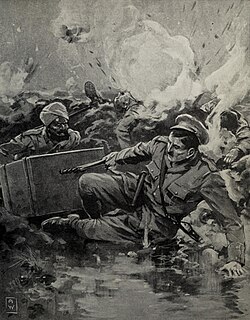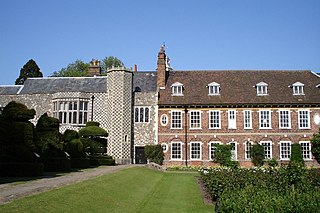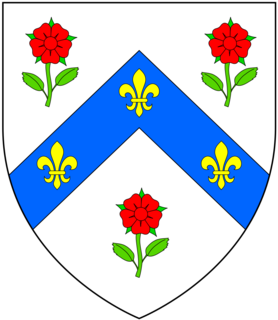
There have been five baronetcies created for persons with the surname Barker, three in the Baronetage of England, one in the Baronetage of Great Britain and one in the Baronetage of the United Kingdom. All five creations are extinct.

There have been six baronetcies created for persons with the surname Smyth, two in the Baronetage of England, one in the Baronetage of Great Britain, one in the Baronetage of Ireland and two in the Baronetage of the United Kingdom. One creation is extant as of 2010.

There have been three baronetcies created for members of the Assheton family, two in the Baronetage of England and one in the Baronetage of the United Kingdom. Two of the creations are extinct while one is extant.

There have been two Baronetcies created for persons with the surname Austen, one in the Baronetage of England and one in the Baronetage of Great Britain. Both creations are extinct.
There have been three baronetcies created for persons with the surname Bernard, one in the Baronetage of England, one in the Baronetage of Great Britain and one in the Baronetage of the United Kingdom. Two of the creations are extinct and one is extant.

There have been three baronetcies created for members of the Vernon family.

There have been four baronetcies created for persons with the surname Hope, three in the Baronetage of Nova Scotia and one in the Baronetage of the United Kingdom. As of 2010 one creation is extant, one dormant and two extinct.
There have been three baronetcies created for persons with the surname Newman, one in the Baronetage of England and two in the Baronetage of the United Kingdom. Two of the creations are extant as of 2007.

The Baronetcy of Mainwaring of Over-Peover has twice been created for members of the family of Mainwaring of Over-Peover, Cheshire. It was created on 22 November 1660 by Charles II on his restoration, for Thomas Mainwaring, High Sheriff of Cheshire in 1657 and Knight of the Shire otherwise Member of Parliament for Cheshire in 1660. The baronetcy was extinct on the death of the 4th Baronet. However his widow remarried and her son by the second marriage Thomas Weterall eventually inherited the Mainwaring Cheshire estate and changed his surname to Mainwaring. The baronetcy was recreated in the Baronetage of the United Kingdom on 26 May 1804 for Henry Mainwaring, son of Thomas Weterall Mainwaring. It was extinct on the death of the 5th Baronet in 1934.
There have been two baronetcies created for persons with the surname Yelverton, both in the Baronetage of England.

There have been five baronetcies created for members of the old established family of Peyton of Peyton Hall in the parish of Boxford in Suffolk, all of whom were descended from Sir Robert Peyton (d.1518) of Isleham in Cambridgeshire, grandson and heir of Thomas Peyton (1418-1484) of Isleham, twice Sheriff of Cambridgeshire and Huntingdonshire, in 1443 and 1453. All the baronetcies are extinct.

There have been three baronetcies, all in the Baronetage of England, created for members of the Spencer family, both for descendants of two younger sons of Sir John Spencer (1524–1586) of Althorp, Northamptonshire:
There have been two baronetcies created in the Baronetage of England for members of the Culpeper family of Kent and Sussex. Both are extinct.

There have been four baronetcies created for persons with the surname Cope.
There have been two baronetcies created for persons with the surname Drury, one in the Baronetage of England and one in the Baronetage of Great Britain. Both creations are extinct.

The Elwes Baronetcy of Stoke-by-Clare in the County of Suffolk, was a title in the Baronetage of England held by the Elwys family, whose name through the years has alternately been spelled Helwish, Helewise, Helwys, Elwaiss and Elwaies.
Sir Adolphus Oughton, 1st Baronet of Tachbrook, Warwickshire, was a British Army officer and politician.
Sir John Norwich, 1st Baronet was an English politician who sat in the House of Commons at times between 1654 and 1660.











